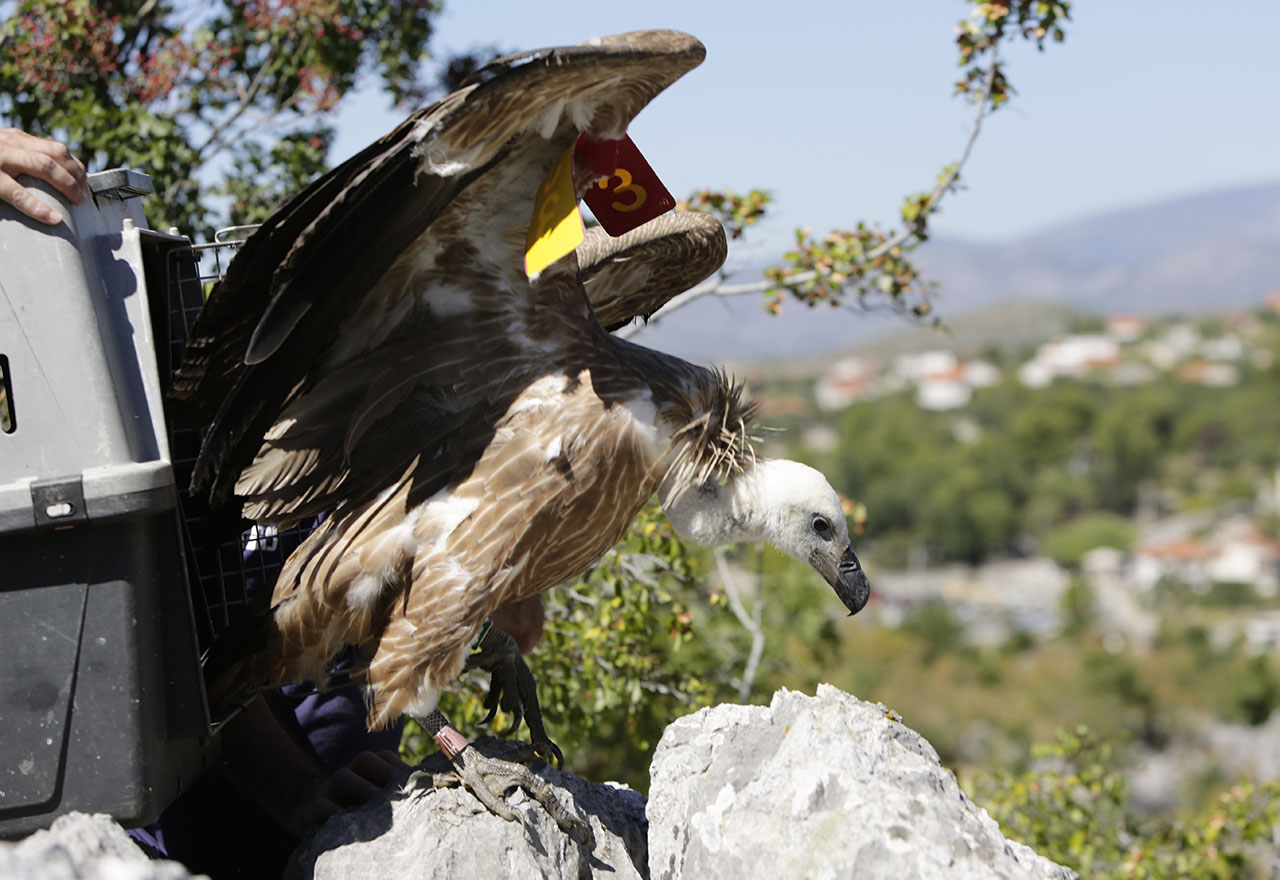Wilderness Survival Food List
So you want to get a survival food list that will help you survive in the wild. At Twin Eagles Wilderness School, we see wilderness survival as a pathway towards not just preserving life, but developing a deep connection with the natural world. The more we know about the foods we can eat in the wild and the greater context within which they exist, the better we are at recognizing wild food when we need to. The better we are at recognizing those foods, the more competent we become at not just enduring survival, but weaving a resilient connection with the Earth.
 We’ve experienced both ends of the spectrum and learned the hard way that a broad survival food list is essential to flourishing in wilderness survival in a wide variety of ecosystems.
We’ve experienced both ends of the spectrum and learned the hard way that a broad survival food list is essential to flourishing in wilderness survival in a wide variety of ecosystems.
For any wild food, you need to take the time to learn to identify the species, and always investigate possible hazards. Does your wild food need to be cooked, or can it be eaten raw? Are there poisonous lookalikes? Are all parts edible, or only some?
The true survivalist takes the time to not just learn, but practice harvesting, preparing, and eating wild foods before an actual time of need. Doing so is a great joy, and a tremendous way to connect with nature, friends, family, and self.
Our hope is that this survival food list can help you deepen your relationship with the natural world, and ultimately live the freedom that comes with knowing what’s available to you. With that said, here are our top 133 wild foods for your survival food list.
Meat from animals
It’s no wonder many people avidly hunt in the fall when there is the opportunity to get meat from the large animals for the year ahead. A single animal can provide a major source of high quality protein. We’ve also put the smaller mammals on this survival food list because they are often a much more accessible food supply in a time of need as well.
White tail deer
Elk
Moose
Caribou
Wild boar
Hares & rabbits
Squirrel
Chipmunk
Mice
Meat from Birds
Your survival food list should include inland birds and water fowl. Although feathers can make the amount of meat on a bird seem larger than it really is, birds nonetheless provide an important resource to any survivalist.
Wild turkey
Geese
Swans
Ducks
Grouse
Quail
Cranes
Herons
Pigeons
Insects
From the Paiute to the Peruvians people have been eating insects for thousands of years, long before modern culture. In many cultures, insects are considered a gourmet cuisine. Make sure you remove the wings, antennae and legs from the insects that you gather and anything else you don’t want to eat.
insects are considered a gourmet cuisine. Make sure you remove the wings, antennae and legs from the insects that you gather and anything else you don’t want to eat.
Ants
Ant larvae
Crickets
Maggots
Aphids
Termites
Sowbugs
Earwigs
Beetle
Beetle larvae
Edible Wild Mushrooms
Some of the most well-known of the wild edible mushrooms are the boletes, morels and chanterelles. For more comprehensive information on wild edible mushrooms, including identification, harvesting, preparation, and more, check out our edible wild mushrooms article here.
Morels
Chanterelles
Milk Caps
Russulas
Reptiles and Amphibians
While alligators and crocodiles can be eaten we suggest three smaller species that are safer to catch.
Turtles
Snakes
Frogs
Salamanders
Eggs
Bird eggs are high in protein and an excellent food source. Mallard and goose are particularly good species to start with.Bird eggs
Ocean Life
There is a lot of life in the ocean that should be on your survival food list. Many are a great source of both protein and fat.
Fish
Clams
Mussels
Octopus
Shrimp
Limpets
Periwinkles
Squid
Urchin
Oysters
Lobster
Crabs
Sea lettuce
Kelp
Nori
Dulse
Fruit
In the wild there is plenty of fruit in season from early summer through late fall, depending on where you live. While this is not a comprehensive list here are a few to get your survival food list started.
Wild apple
Persimmon
Hawthorn apples
Cactus
Agave
Wild grape
Wild black cherry
Mayapple fruits
Berries
Berries are certainly among the easiest of wild foods to gather. One could literally gather them blindfolded. As always, learn the poisonous ones first, as there are far fewer poisonous berries than edible ones. Berries are quick energy foods and packed with lots of nutrition. For a more all-inclusive body of information on wild berries, visit our wild edible berries article here.


